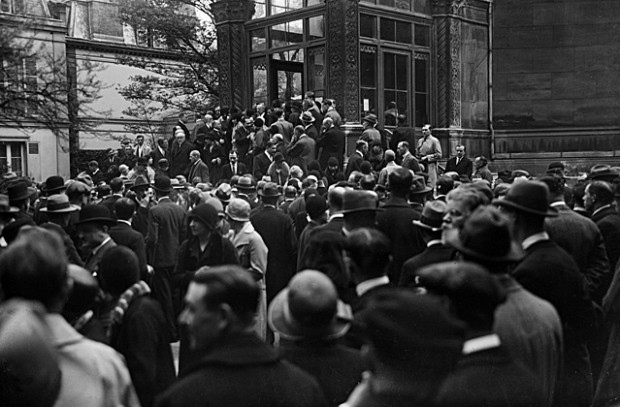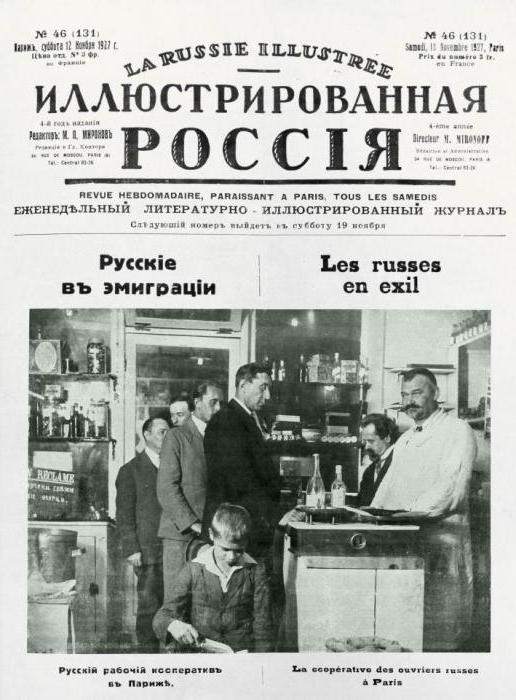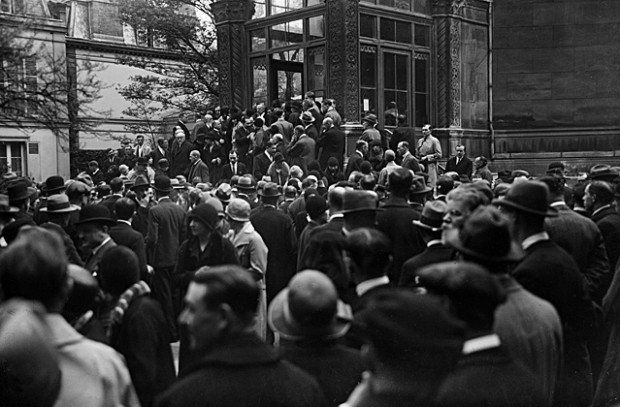After Berlin, Paris was the main destination for Russian emigrants right after the October Revolution. Due to the political and economic changes in Germany in the mid-1920s, Paris however took over the role of the most important center of cultural and literary life of the Russian diaspora. As the famous Russian singer and actor Aleksandr Vertinsky remembered about his years in Paris in 1925-1933:
“There were probably two or three hundred thousand Russians in total in France. In Paris there were eighty thousand of us […] In that colossal city we vanished like a drop in the sea. After a year, we considered ourselves real Parisians. We spoke French, knew everything that was going on around us, worked side by side with the French everywhere, and tried to emulate them in many ways. True, we had our own way of life: our own churches, clubs, libraries and theaters. We had our own restaurants, shops, businesses. But it was for communication, for mutual support, not to get lost in this country. At heart, though, everyone considered themselves Europeans and Parisians.”
Maksim Novichkov, “Русский Париж” [“Russian Paris”], Diletant Media, 2017, https://diletant.media/articles/37347158/


YMCA-press, (also known as Librairie des Editeurs Réunis), was one of the rarest organizations that persisted after the WW2.

Jakob Povolotsky’s publishing house was one of the rare institutions to publish luxury editions with works of contemporary artists.

Les Éditions de La Sirène (1917-1935) was a French publishing house founded by the journalist Paul Laffitte in Paris. Collaborating with prominent contemporary artists, such as Guillaume Apollinaire, Max Jacob and Jean Cocteau, Les Éditions de La Sirène focused on republishing with a high artistic merit forgotten texts and contemporary authors, with a predilection for music, theater and cinematography. Among the artists illustrating books for Les Éditions de La Sirène were Pablo Picasso, Kees van Dongen, Fernand Léger, André Lhote, Jean Cocteau and Jean Hugo. Goncharova’s collaboration with it resulted in her illustrations for the main Russian writer Aleksandr Pushkin’s fairytale Le Conte de Tsar Saltan in French translation in 1921, — perhaps her most famous and venerated book project in France. This opportunity was offered to her during the hight of her career as an artist and stage set designer in France.

Most of Russian publishing houses in France in 1920-40 were focused primarily on printing works on political and socio-economic subjects, mostly anti-Soviet, in order to confront the growing socialist sentiments in France, as well as the Soviet propaganda for the Western audience. Among such publishing houses was the Librairie de Sialsky, which served as a representative and business partner of most Russian national patriotic publishers. Among those assisted by the Sialskys were short-term publishers with such telling names as “Долой зло” [“Destroy evil”], “Двуглавый Орелъ” [“Two-headed eagle”] and “Медный всадник” [“Bronze horseman”].
“Illustrated Russia” magazine. Courtesy of wikipedia.org // diletant media
The other works with Goncharova’s illustrations published in France appeared in French publishing houses rather than Russian and thus would be briefly discussed in individual bibliographical notes of each title.
